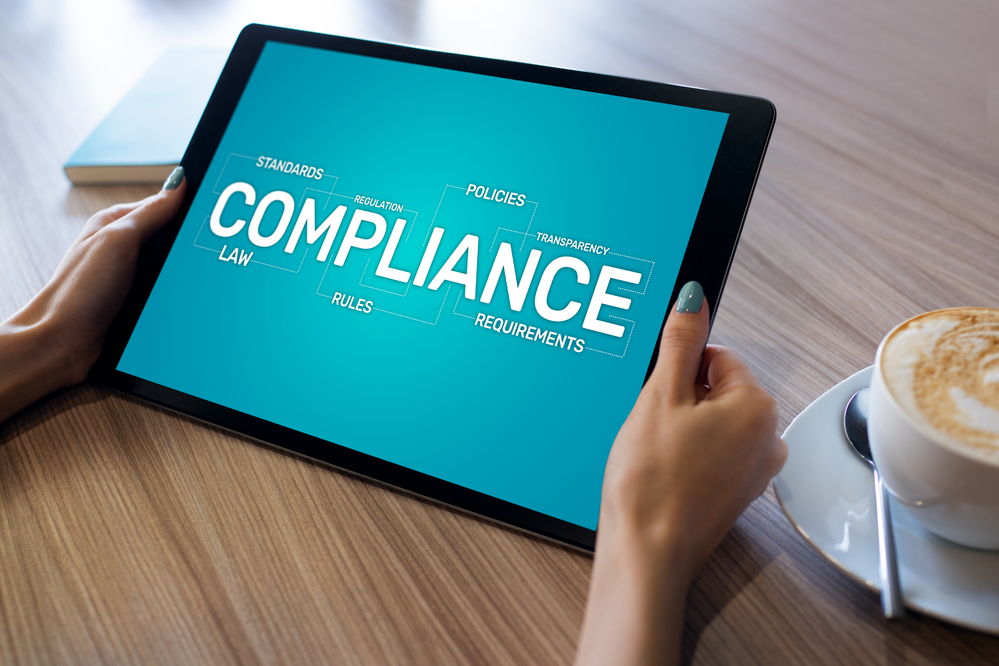
Keeping on the right side of SMSF rules
 The lure of greater control over your retirement savings with a self-managed super fund may be enticing but the freedom to chart your own destiny also comes with the responsibility to comply with the rules.
The lure of greater control over your retirement savings with a self-managed super fund may be enticing but the freedom to chart your own destiny also comes with the responsibility to comply with the rules.
Where super is concerned, these rules can be complex and subject to change.
An SMSF is a private super fund regulated by the Australian Taxation Office that you manage yourself. You can have up to four members in your fund, each of whom has to be a trustee or, if a corporate trustee has been appointed, a director.
It’s often seen as preferable to a public offer APRA-regulated fund because you have greater control over your investments. But that control can involve considerable paperwork unless you outsource some tasks to professionals.
As a trustee you are legally responsible for all the decisions made about the fund and compliance. Even if you outsource both the administration and the investment of the fund to a professional, you must still understand what they are doing because you are legally responsible.
So what are the rules an SMSF needs to follow?
5 key rules
An SMSF is a legal tax structure with the sole purpose of providing for your retirement. As a trustee, you need to set and follow an investment strategy that is appropriate for your risk profile and that has been devised to provide for your retirement needs.
It is not something you can set and forget. You need to research your investments, make sound investment decisions and budget for expenses such as professional accounting, legal and financial advice fees.
Basically, the key rules that apply to the SMSF legal tax structure include:
- Sole purpose test
The sole purpose of an SMSF is to provide money for your retirement. It is not to give you any pre-retirement benefit. So, if you were to personally benefit from an investment in your SMSF, then you would have broken the sole purpose rule.For example, if you bought a piece of art through your super fund and then displayed it in your home, you would be in violation as you would be enjoying the benefit before retirement. - Separation of assets
You must keep the fund’s investments completely separate from your personal assets. All assets must be held in the fund’s name and not that of an individual. This policy has its benefits because if a trustee were to become a bankrupt, the assets of the fund would be protected. - In house assets test
The fund cannot lend to, invest in or lease to a related party of the fund if the value of the asset totals more than 5 per cent of the fund’s assets. - Arm’s length transactions
If the SMSF leases a building to an associate, for example, then it must always be on a strict commercial basis, reflecting true market value.In addition, income from investments with non-commercial conditions such as a limited recourse borrowing arrangement with zero interest rate will also be considered as non-arm’s length income. Any income that is non-arm’s length transactions will be taxed at the highest marginal rate. - Administration
Compliance also involves thorough record keeping. You must keep all records pertaining to the fund from the trust deed, through minutes of meetings to investment decisions. And some of these documents must be retained for a long time.For instance, minutes of meetings and records of changes to trustees must be held for 10 years. Annual returns, accounting records and annual operating statements meanwhile must be retained for five years.
Other considerations
Once trustees reach retirement age, other considerations come into play. These include making sure members are paid at least the minimum pension.
It’s also important to plan for the possibility that a member may be unable to continue in their role at some point in the future.
For example, a member may become mentally incapacitated due to dementia. Or in a husband and wife fund, a member may have no interest in continuing to manage their fund after the death of a spouse who handled most of the administration. If such a situation arises, you can switch to an APRA- controlled superannuation fund (not self-managed) or appoint a legal representative.
Insurance is another area you need to be mindful of. In an APRA-regulated fund, life and total and permanent disability insurance (TPD) are often included at competitive rates. However, the responsibility to arrange insurance cover rests with you if you have your own SMSF.
If you would like to discuss whether an SMSF might suit you, reach out to our team here. We can help ensure your fund meets its compliance responsibilities.
Note following the rules of an SMSF can be costly and may result in administrative penalties or, in some cases, civil or criminal penalties.
If your fund has been found to be non-compliant, this can have a significant financial impact. For every year the fund remains non-complying, its assessable income is taxed at the highest marginal tax rate.
Trustees may even be disqualified for serious violations. The ATO released details of the 257 trustees who were disqualified in 2017-18.
The main reasons for trustees being disqualified:
- Allowing early access of benefits to members or providing loans to members (124)
- Unrectified contraventions reported through ACRs (auditing report) (64)
- Taking part in tax planning arrangements such as dividend stripping (16)
- Non-lodgement of the SMSF annual return (5)





